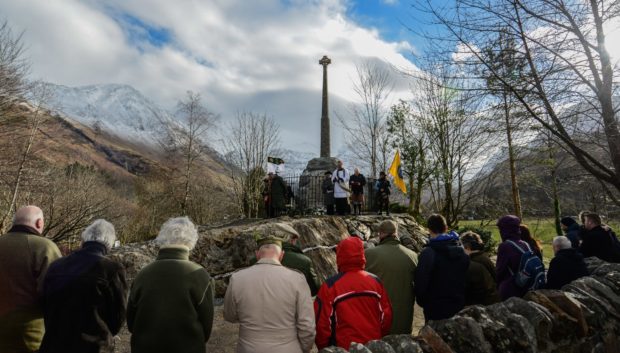A set of 18th century maps could hold the key to unlocking the last surviving sites of the infamous Massacre of Glencoe in 1692.
Pioneering Scottish cartographer William Roy’s mapping of Glencoe shows the location of several settlements that have long since been lost.
Now the National Trust for Scotland’s chief archaeologist wants to find “tangible evidence” about what these sites can reveal about the Massacre.
Derek Alexander, head of archaeology at the National Trust, said: “We have been doing little bits of surveying that are starting to come together.
“What we have done is look at the William Roy’s maps, circa 1747 – 1755, and on that is marked a number of different settlement sites. What we decided to do was to check what is on the ground.”
He said: “On the east side of the glen we did a survey of three house sites that seem to suggest mid-18th century – that is about 60 years after the massacre.”
The sites uncovered by Mr Alexander and his team are earthen homes sometimes set in small clusters as few as three while others are larger.
Such arrangements were typical of the period and could be the homes of those murdered in the massacre.
Roy’s 18th century military maps show six settlements in total through the glen – but by the 19th century they vanish from maps.
According to Mr Alexander there are three former settlements or villages at Achnacon, Achtriachtan and Inverrigan of particular interest.
“At Achnacon there are two or three structures, a grain drying kiln, and it gets mentioned at the time of the massacre.”
They have not been “built over” as time moved on in part because of their remoteness.
On February 13, 1692, the MacDonalds of Glencoe were ambushed in their beds by the Campbells on the orders of King William II.
The MacDonald chieftain had failed to meet a deadline to pledge allegiance to the crown.
A total of 38 men were killed and as many as 40 women and children are thought to have died of exposure after fleeing in the snow.
The sense of outrage in the Highlands was acute because the Campbells had been staying as guests in Glencoe for almost two weeks.
